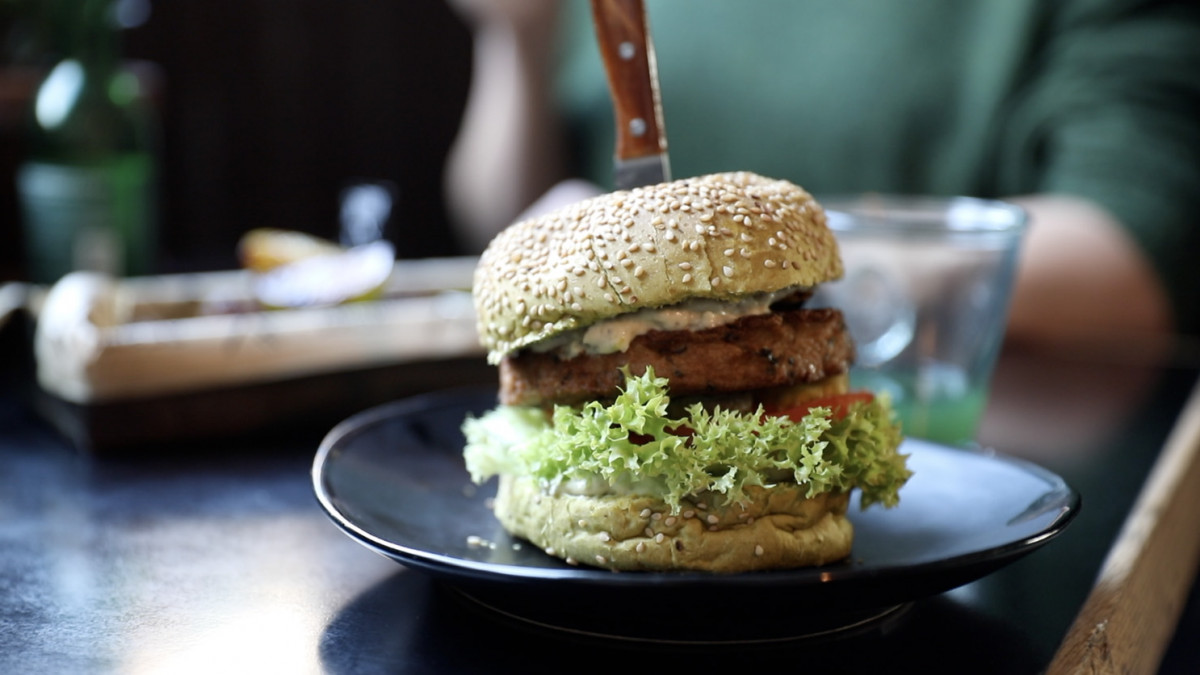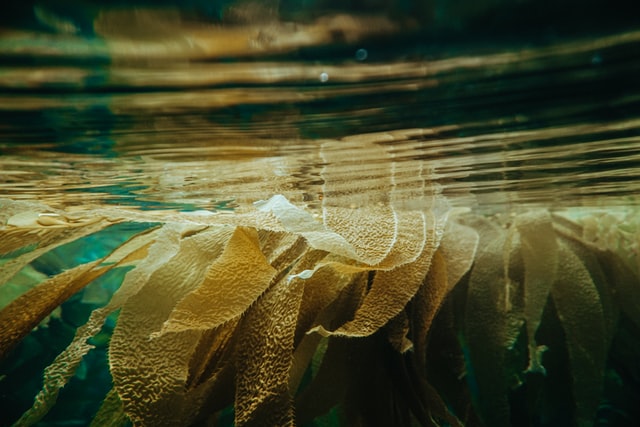
- Inspiring People -
- 6mins -
- 586 views
Here’s how seaweed is so good for us and brilliant for our planet
Meet seaweed, one of the planet’s most surprising health foods—rich in vitamins and minerals, tasty, and it’s even a potential solution to the global climate crisis.
Seaweed: friend of people and planet
Swaying beneath the surface of the world’s oceans and clinging to rocky coastlines, seaweed is one of the planet’s most important and versatile plant forms. While you may recognise it from your local sushi shop, the benefits of seaweed go far beyond recreational snacking. Packed with vitamins and minerals, seaweed also provides shelter and sustenance to marine life, and may even help remedy the global climate crisis.
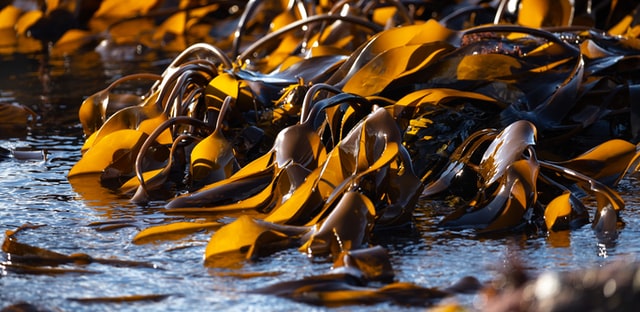
What exactly is seaweed?
For a start, seaweeds aren’t actually weeds. They’re not even plants. Seaweeds are a type of algae that grow in the sea, rivers and lakes, and are used in a wide range of applications: food, medicine, saving the planet (but we’ll get to that later). Seaweed is high in vitamins and nutrients, and has been used in cooking by Japanese, Korean, Chinese and Native American populations for thousands of years.
Source: aia.com.au
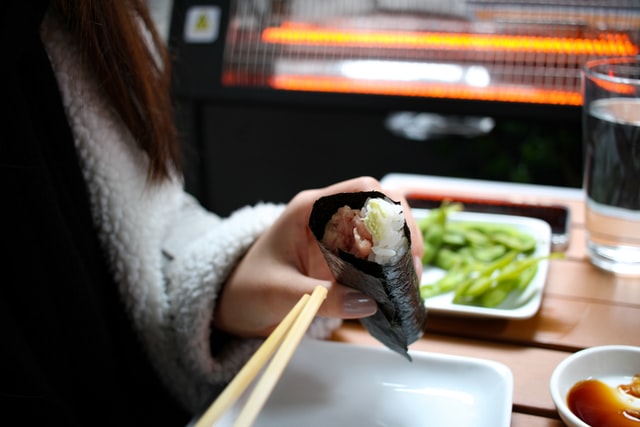
Seaweed is surprisingly good for you
Seaweed – specifically kelp – has a slew of health benefits. It’s a great source of vitamin A, vitamin B12, vitamin K and folate, and is packed with fibre. Vegetarian? Seaweed is chock-full of protein.
It’s also rich in iodine, an essential mineral we need for healthy thyroid function. “Iodine deficiency is one of the most common nutritional deficiencies we have in Australia,” says AIA Vitality Ambassador Marika Day. “It can cause a range of issues – some mild and some more serious – and iodine plays a big role in brain development and thyroid function.”
Pregnant women can be particularly vulnerable to iodine deficiency, so it’s important they make sure they’re getting the right amount in their diet. “Seaweed could be a good way of helping that,” says Marika “But it’s important not to over-consume it, as that can have some negative impacts, such as thyroid inflammation.”
Source: aia.com.au
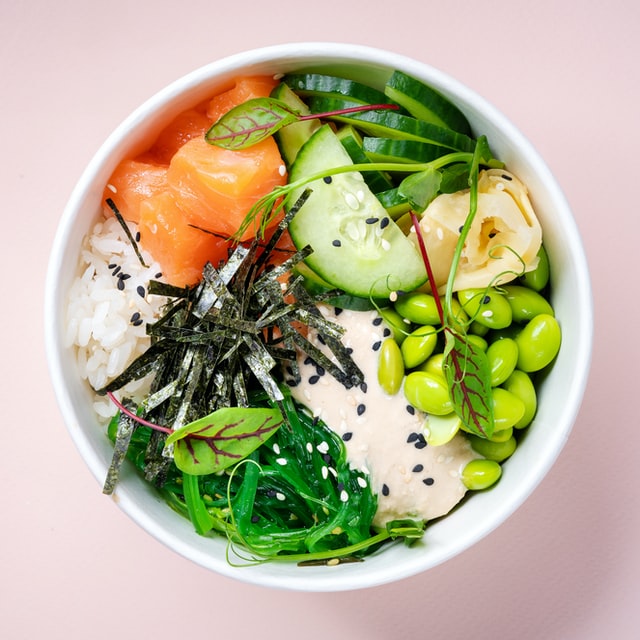
What’s the difference between kelp, nori and wakami?
From delicate sea lettuces to thick ropes of dabberlocks, there are many different types of seaweed to get familiar with .
If you’re a fan of Japanese food, you’ve probably had nori wrapped around your hand rolls or in a big bowl of ramen. A dark green/black crisp sheet, nori is salty and a little nutty. Many refer to nori as the ‘gateway’ seaweed.
Kelp, commonly known as kombu, is thick, ‘meaty’ and very salty. Use it in dashi, a savoury broth, or add it to salads or rice after soaking it in boiling water. Kelp is an essential ingredient in miso soup.
Wakame is a slightly sweet, curly seaweed, with a delicate flavour, commonly used in miso soup and salads (it’s that bright green one topped with sesame seeds you’ve probably seen at your favourite sushi stand).
Source: aia.com.au

Seaweed is incredibly good for the planet
Nutrient-rich algae has been proven to absorb carbon dioxide, drawing it in from the atmosphere, counteracting acidification in the water and cooling the temperature of the world’s oceans and seas.
Kelp farms – underwater forests made of thick strands of seaweed – are popping up around the globe, with cultivations in southeast Asia, the USA, Canada, Great Britain and Australia. Seaweed farming is considered one of the least environmentally-damaging forms of aquaculture, as the seaweed doesn’t require fresh water or fertilisers – just a steady current of seawater, which is full of essential nutrients.
Seaweed can also help reduce methane gas emissions. If farmers supplement their livestock feed with kelp, rather than a diet of solely grass and grain, methane emissions from cattle and sheep are virtually eliminated. This is because the metabolites found in seaweed disrupt the methane-producing enzymes found in the stomach.
And while wind, solar and hydropower are leading the charge on the renewable energy front, kelp is also being transformed into biofuel (a fuel derived from living matter).
Source: aia.com.au
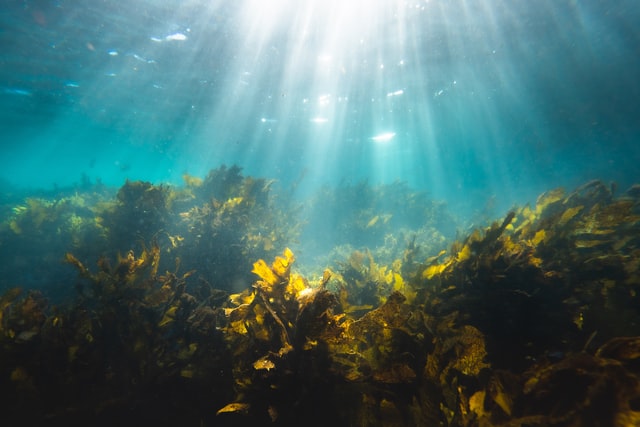
Seaweed is tasty! (and simple to incorporate into your diet)
So how can you work more seaweed into your diet? You can sprinkle dulse onto scrambled eggs, whizz up your green smoothie with a scoop of spirulina (not a seaweed per se, but an antioxidant-rich algae), or snack on crispy sheets of seasoned nori.
Marika stresses the importance of mixing up your diet and trying new things. “From a nutrition standpoint, a broad range of different foods is good to aim for,” she says. “And exploring new food cultures and the ways different people eat is a nice way to keep life – and mealtimes –interesting!”
While it’s not recommended to fill up a bag with seaweed next time you’re at the beach, edible seaweeds are available from most health food shops and supermarkets, and can make for a delicious and healthy addition to a balanced diet.
Source: aia.com.au
